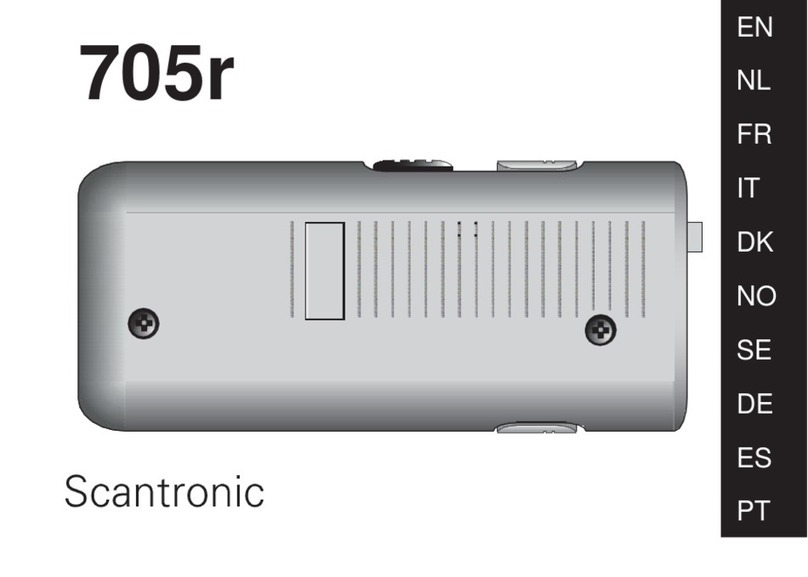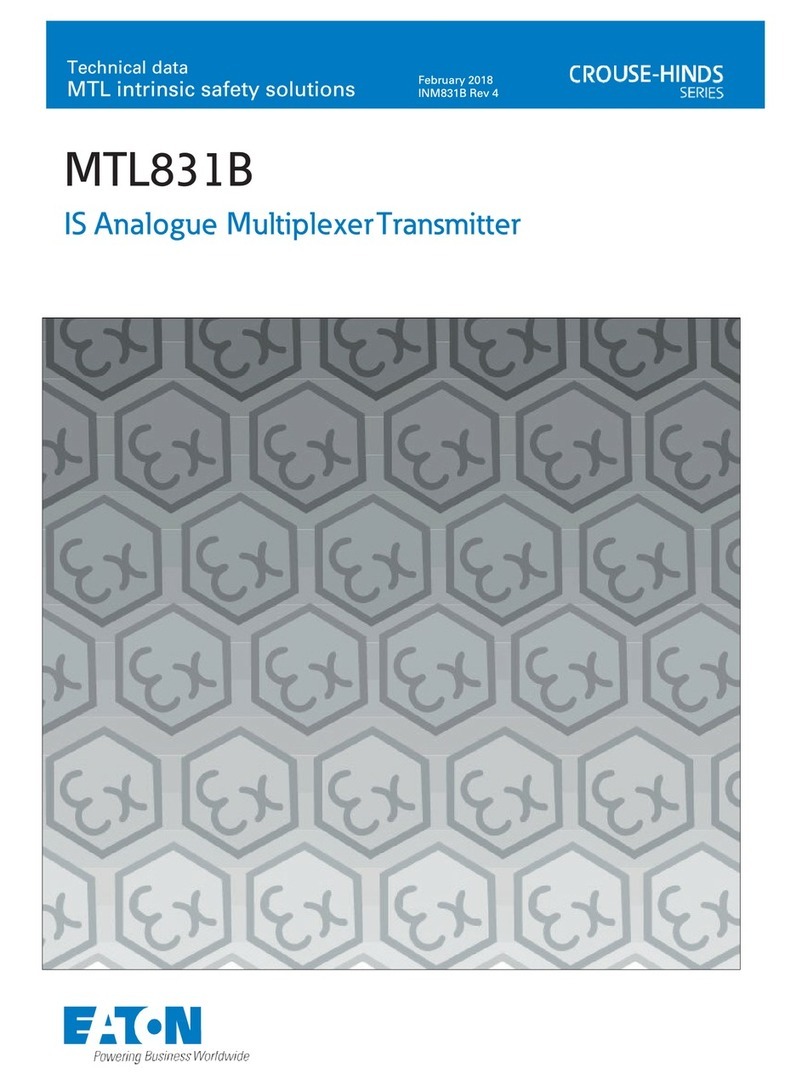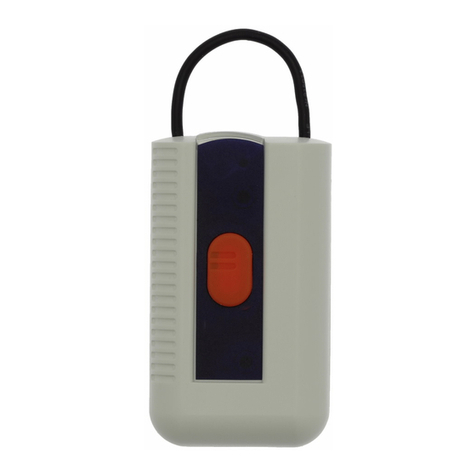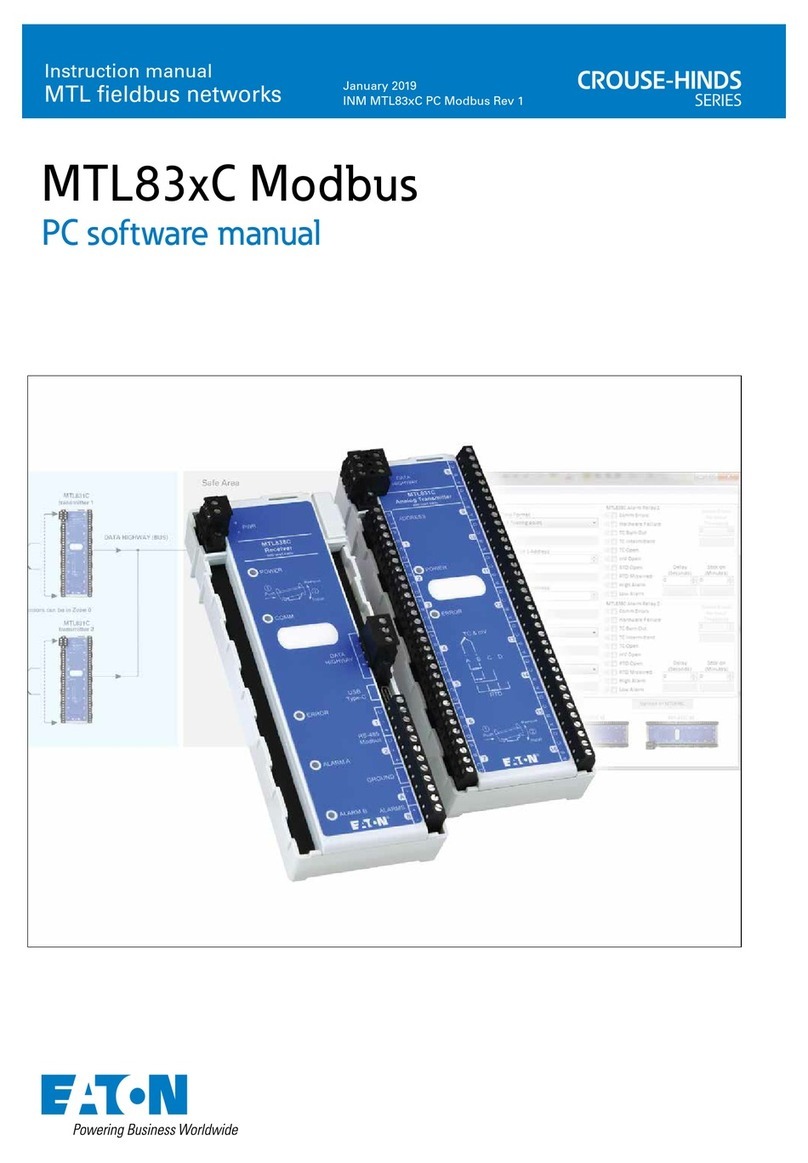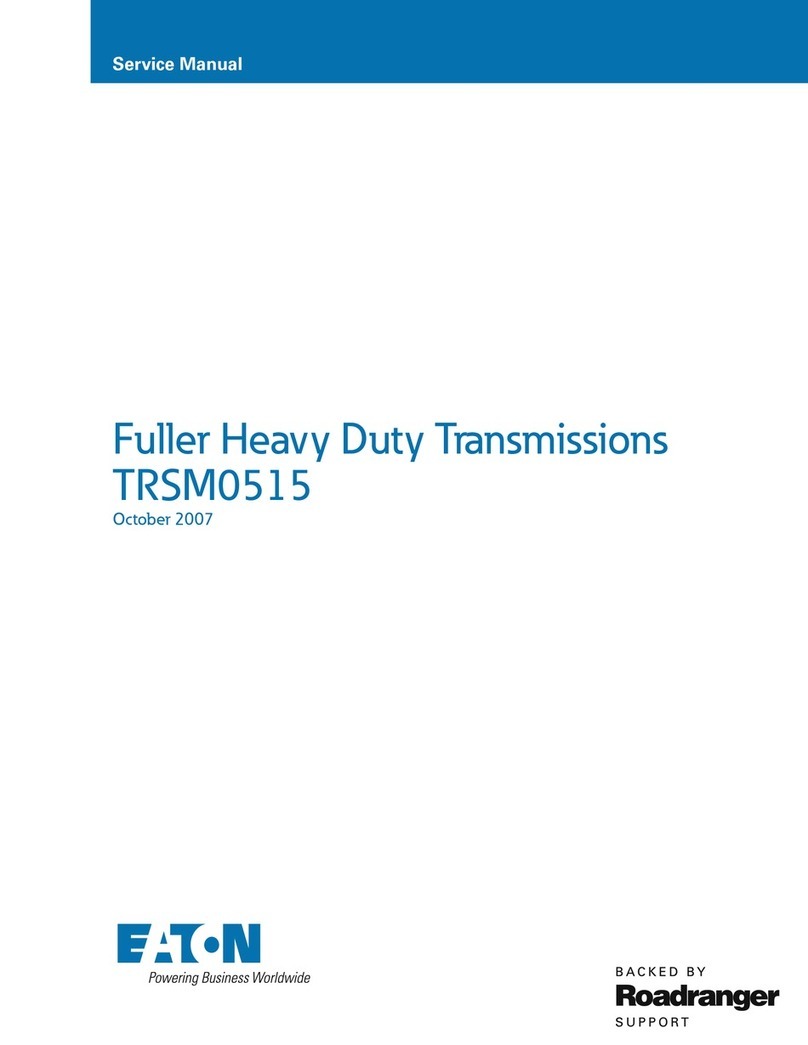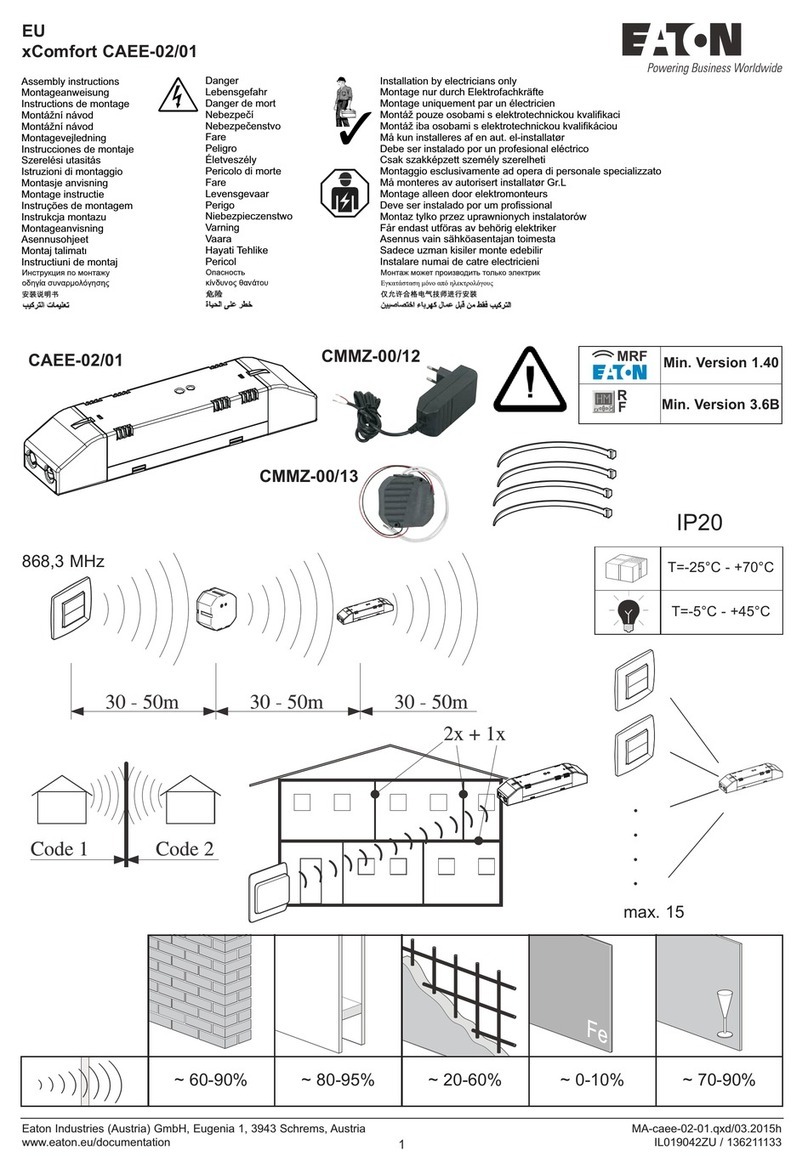
iii INM MTL831C Rev 7
CONTENTS
DECLARATION OF CONFORMITY ......................................................ii
GENERAL SAFETY INFORMATION.................................................... iv
1 ABOUT THIS MANUAL ..............................................................1
1.1 Related documents.......................................................................1
1.2 Product description ......................................................................2
2 GETTING STARTED .................................................................2
3 COMPONENTS AND ACCESSORIES ...................................................3
4 MECHANICAL INSTALLATION.........................................................3
4.1 Location ................................................................................3
4.2 Mounting options ........................................................................3
4.2.1 Mounting on T-section DIN-rail .............................................................3
5 CONNECTIONS.....................................................................4
5.1 Address ................................................................................4
5.2 Electrical connections. . . . . . . . . . . . . . . . . . . . . . . . . . . . . . . . . . . . . . . . . . . . . . . . . . . . . . . . . . . . . . . . . . . . .5
5.3 Sensor inputs ...........................................................................5
5.4 RTD inputs..............................................................................5
5.5 THCs and mV inputs. . . . . . . . . . . . . . . . . . . . . . . . . . . . . . . . . . . . . . . . . . . . . . . . . . . . . . . . . . . . . . . . . . . . . .5
5.6 THC Burnout Detection ...................................................................6
5.7 Mixed Inputs ............................................................................6
5.8 Data highway ...........................................................................6
5.9 Transmission distances ...................................................................6
5.10 IS applications. . . . . . . . . . . . . . . . . . . . . . . . . . . . . . . . . . . . . . . . . . . . . . . . . . . . . . . . . . . . . . . . . . . . . . . . . . .7
5.11 Multi-transmitter connections ..............................................................7
5.12 Cable screens .........................................................................7/8
6 ROUTINE MAINTENANCE ............................................................9
7 CONFIGURATION ...................................................................9
7.1 Sensor mode setting .....................................................................9
8 LED INDICATORS ...................................................................9
8.1 Power up ...............................................................................9
8.2 Firmware Update ........................................................................9
9 START UP AND INFREQUENT MEASUREMENTS........................................10
10 FAULT-FINDING IN THE MTL831C/MTL831C-PS ......................................10/11
11 FM, ATEX and IECEx INFORMATION ...............................................12/18
12 CCC INFORMATION .............................................................19/21
13 APPENDIX A ......................................................................22
13.1 Maintenance ...........................................................................22
13.2 Disposal ...............................................................................22






